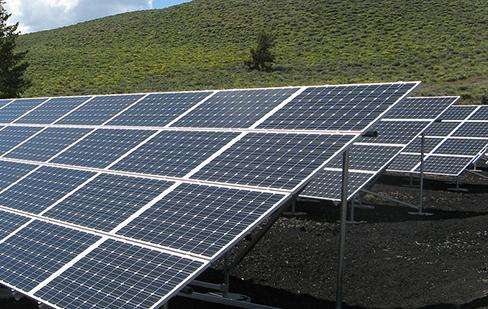Solar power generation is a relatively environmentally friendly form of energy, but it also presents some potential environmental risks, although these risks are relatively minor. Here are some possible dangers:
1. Land occupation: Large-scale solar energy projects may require the occupation of large areas of land and cause damage to local ecosystems. This may involve clearing vegetation, destroying wildlife habitat and changing vegetation cover.
2. Resource Consumption: Manufacturing solar panels requires the use of some rare materials, chemicals, and energy. The collection and processing of these materials can create environmental problems, including water and soil contamination and energy consumption.
3. Waste Disposal: The disposal of waste fromsolar panels is also an important issue. Some materials in solar panels can pose a potential threat to the environment and cause contamination of soil and water sources if not properly disposed of.
4. Potential impacts on biodiversity: Large-scale solar energy projects may affect local biodiversity. Land occupied by photovoltaic power plants may originally be a biodiversity hotspot or a species migration channel.
Despite some potential environmental risks, solar energy remains a more environmentally friendly and sustainable choice than other forms of energy. These potential hazards can be reduced and addressed through scientific research and the development of sustainable production and recycling technologies. At the same time, the environmental impact of solar energy production is increasing.low core compared to traditional forms of energy, so solar power generation is still widely seen as an important part of reducing carbon emissions and the sustainable energy transition.
Compared with commonly used thermal power generation systems, the advantages of photovoltaic power generation are mainly reflected in:
①No risk of depletion
②Safe and reliable, no noise, in addition to the absence of polluting emissions, it is absolutely clean (no pollution);
③It is not limited by the geographical distribution of resources and can take advantage of building roofs, for example, areas without; electricity and areas with complex terrain;
④Can generate electricity and provide electricity on site without consuming fuel or erecting transmission lines;
⑤High power quality;
⑥Easy to use for userss must accept emotionally;
⑦ The construction period is short, and the time spent on obtaining energy is short.
Disadvantages:
①The energy distribution density of irradiation is low, that is, it occupies a huge area;
p>②The energy obtained is the same as that of irradiation. four seasons, day and night, and cloudy and sunny weather conditions.
③The cost of electricity production is high
④The manufacturing process of photovoltaic panels is not environmentally friendly














